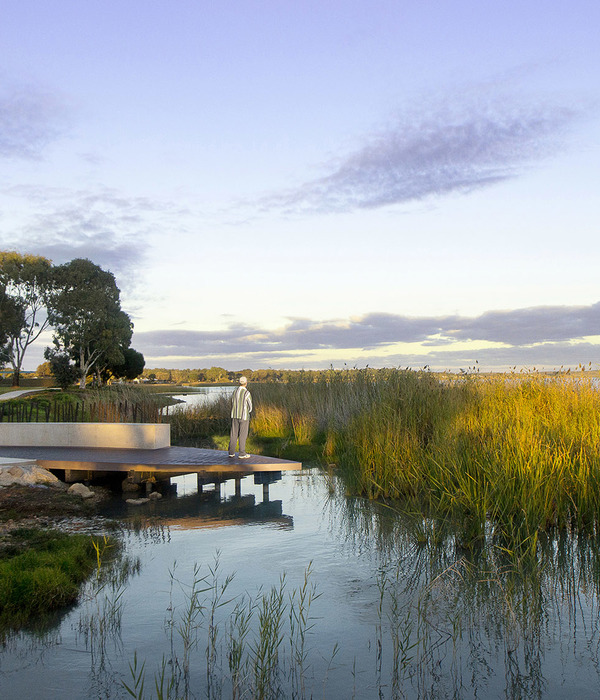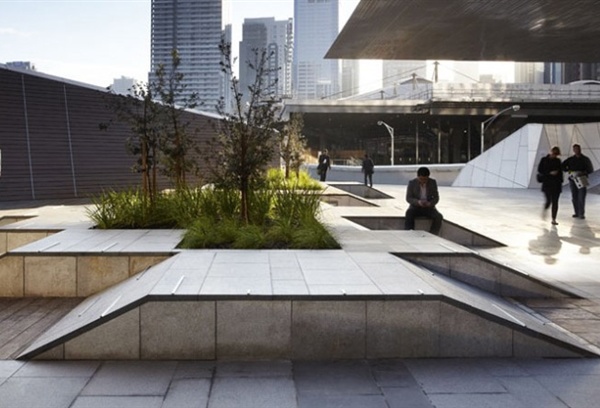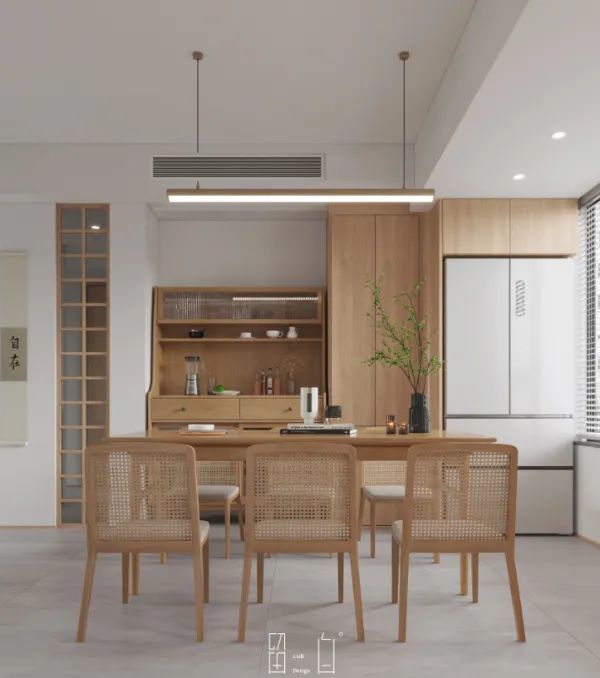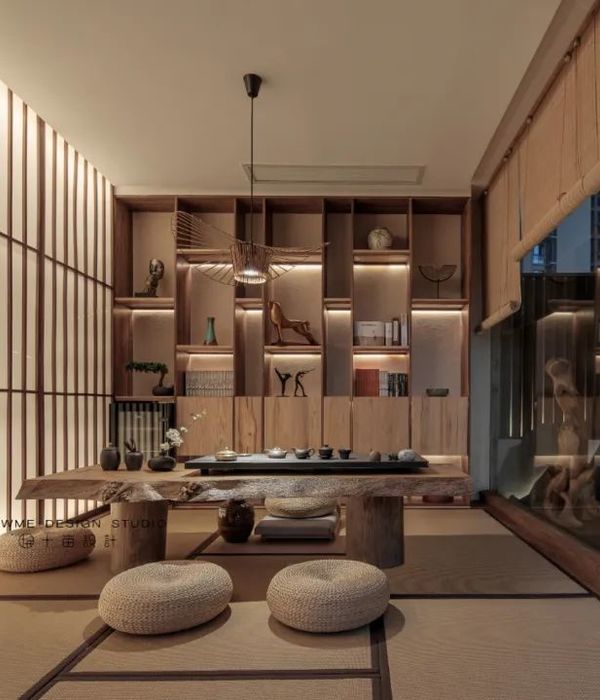英文名称:America Fort Worth Waterway Transformation
位置:美国
设计团队:Sloan
该项目是对美国沃思堡市一处水晶的改造,是由著名设计团队Sloan完成的。在该项目的设计理念中,设计团队希望能够将沃思堡市现有的水路系统为切入点,在此基础上做出适时的调整。在2013年的时候,Frampton提出了“景观丛林”这个词,用于比喻现阶段的城市景观。即使沃思堡市的管道设计,带状景观以及对城市野猫的控制都在其他城市的前端。但是设计团队仍旧希望自然景观能够与该地区相适应的管道系统相互协调起来。
设计团队认为,自然水道的景观应该成为城市水景的一部分内容。该项目中的水道呈东西走向时,一共有65英里长,南北方向大概有45英里长。此外,水道周边一共有超过300英里的地区也会纳入到该项目的建造中。据悉,Dallas县大概有90%的排水管道的状况良好,并未收到自然侵蚀或者人为的影响,这为该项目的建设减轻了许多负担。
译者:蝈蝈
Sloan is working on the Branch Waters Network. The concept is to make use of the waterway system in Dallas–Fort Worth (DFW) as a guideline for a new metropolitan urbanism. Back in 2013, he recognized Frampton’s use of the word “jungle” as more than just a metaphor (although DFW is one of the largest cities in the United States for the trapping, banding, and study of urban wildcats). He interpreted it as a hint that the landscape and waterways could dovetail into the urban framework of a city.
Sloan wants to make use of DFW’s “water branches,” which span approximately 65 miles east to west and 45 miles north to south. He has outlined more than 300 potential miles of waterway that are primed for development. Sloan points out that more than 90 percent of natural drainage ways in Dallas County are currently intact and untapped.
美国沃思堡水道的改造外部实景图
美国沃思堡水道的改造外部夜景实景图
美国沃思堡水道的改造模型图
美国沃思堡水道的改造效果图
{{item.text_origin}}












